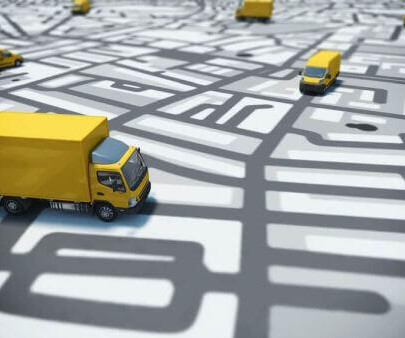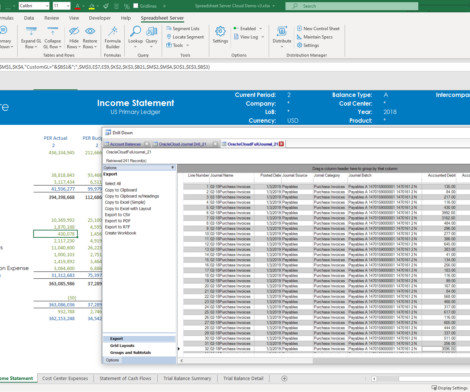10 Examples of How Big Data in Logistics Can Transform The Supply Chain
datapine
MAY 2, 2023
You can use big data analytics in logistics, for instance, to optimize routing, improve factory processes, and create razor-sharp efficiency across the entire supply chain. The big data market is expected to exceed $68 billion in value by 2025 , a testament to its growing value and necessity across industries. Did you know?

















Let's personalize your content